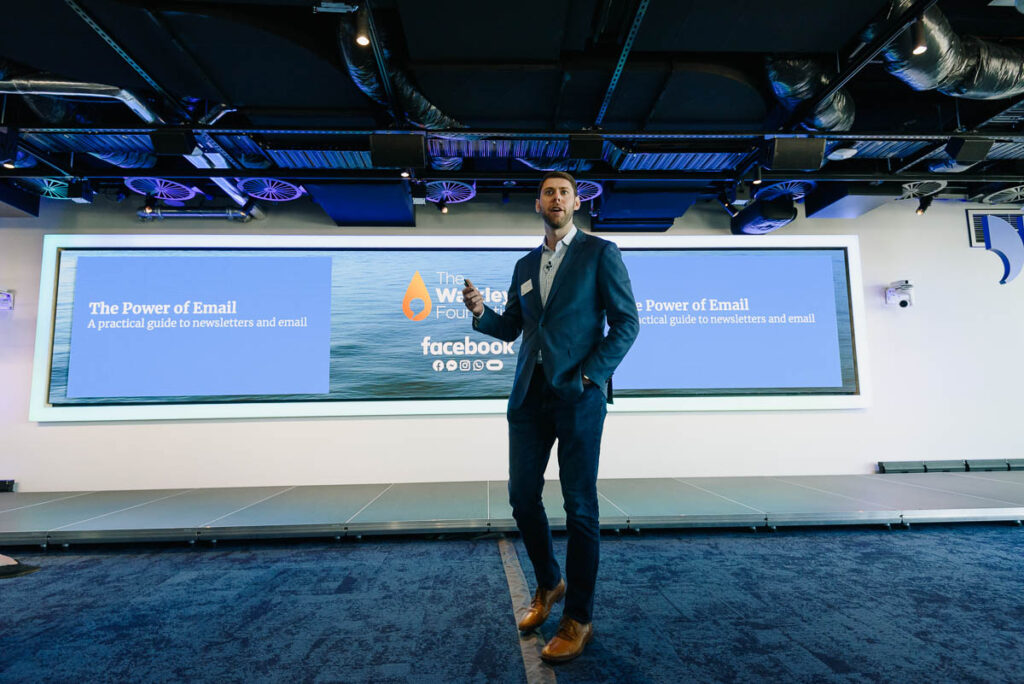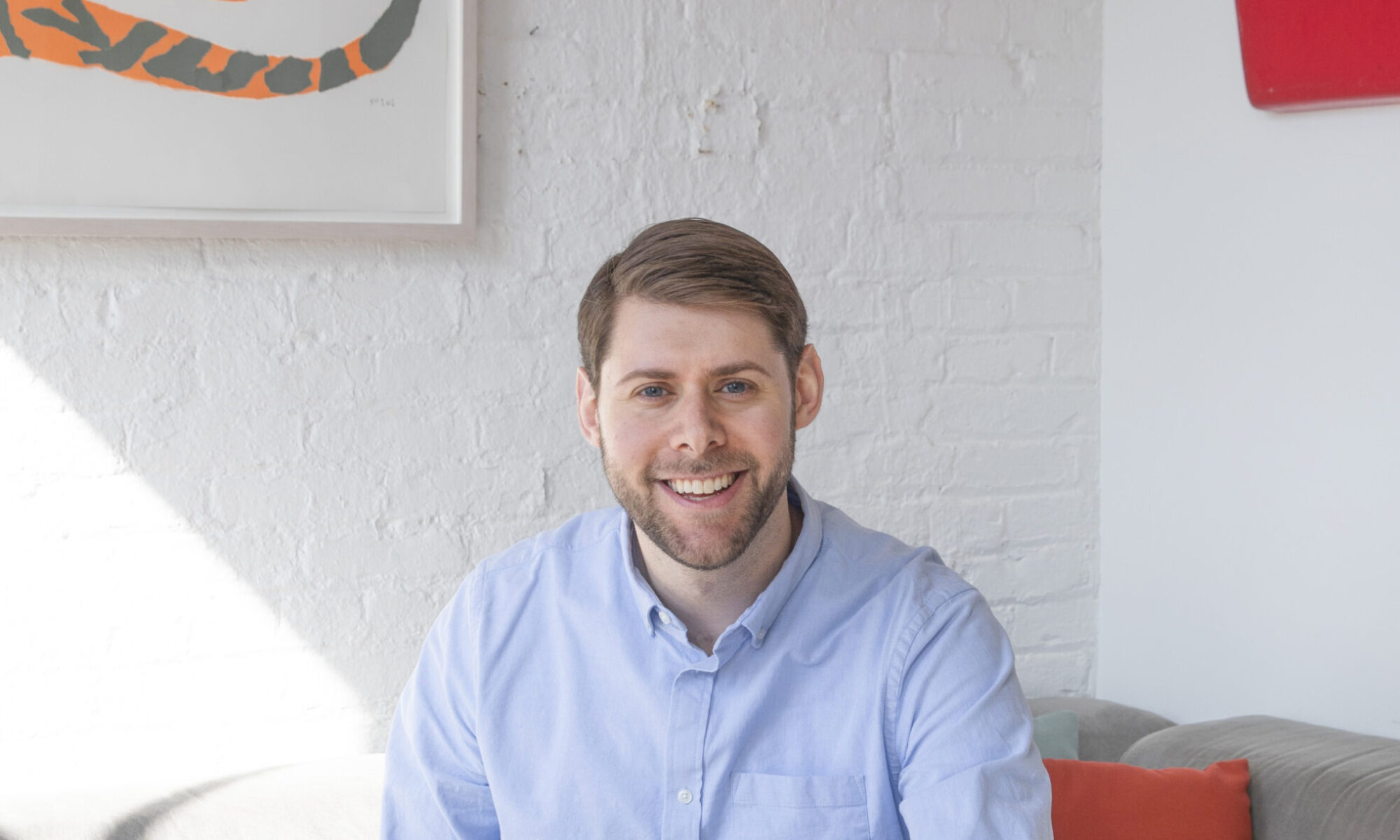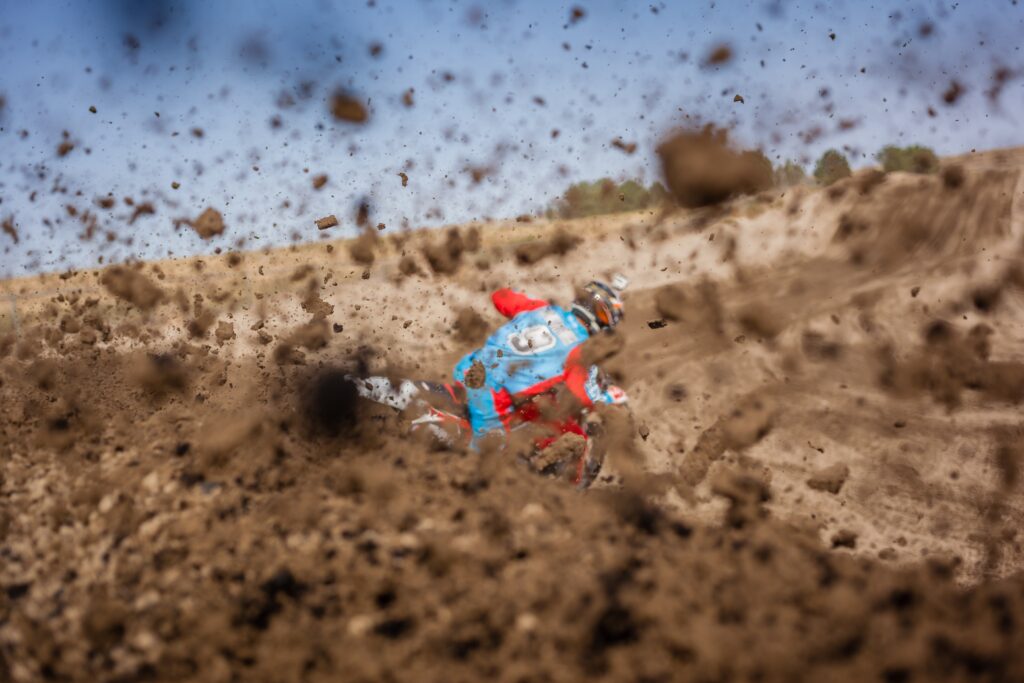
Inbox Collective is my second attempt at starting a business — a decade ago, Stry.us was my first. I know more this time around, I’ve better organized a network of supporters around me, and this time, I’ve built an audience to support my work. I learned so much from Stry.us, and it’s put me in a far better place to succeed with Inbox Collective.
But even with all that knowledge, I’ve found that there are still obstacles in my way. I believe that these four obstacles exist for everyone who starts something — no matter how ambitious the project or how prepared the team is behind it:
Time — There’s never enough time to do all the things you want to do. In a business like mine, it’s so hard to strike the right balance between doing the work that pays the bills and building the relationships that will lead to paying work down the road. If there were twice the number of hours in the day, I still don’t think it’d be enough. It means that I need to prioritize certain work and say yes to only the things that are most important to me — even though sometimes, I have to say no to stuff I’d really love to be able to do.
Money — This was the big question when I launched: Would anyone actually pay me to do this? The answer’s been a resounding yes, and I feel so grateful for that. But now there’s pressure to keep this thing going. 2020 changed everything — no work-related travel or talks, but lots of remote projects. Could I keep that up for another year or three if I had to? So many of my 2020 projects came from meeting people at conferences and events back in 2019, and if my business stays remote for the foreseeable future, I wonder if I’ll be able to keep this going. I know I can do it, but that fear is still going to be a small weight on my shoulders. Even when things are going well, I’m always going to be looking ahead and trying to plan for what’s next.
Stress — Anytime time and money get involved, there’s going to be a certain amount of stress, too. Inbox Collective is my work, and mine alone. If it succeeds, if it fails, it’s on me. I like the pressure of it, and I’d gladly take this work — even when it’s stressful — over the frustrations of working within a larger organization. (And that might change down the road — that’s just how I feel today!) But it doesn’t change the fact that this job applies real pressure on my life, and it’s up to me to manage that stress. It’s something I’ll always have to deal with.
Failure — At the end of the day, there’s always the chance that Inbox Collective fails. I might not be able to do the work, I might lose clients, I might have to change careers or fields. Now that things are working, there’s pressure to keep this business going, and to keep learning so I can continue to grow Inbox Collective.
I don’t know what Inbox Collective will look like in a year or five. I certainly have no idea whether it’ll be around in 10 years, or beyond that. But I know that as long as I work on this, those four pressures — time, money, stress, and failure — will weigh on me. That’s just part of the job.
——
At top, that’s a photo taken of me giving a talk in 2019.






